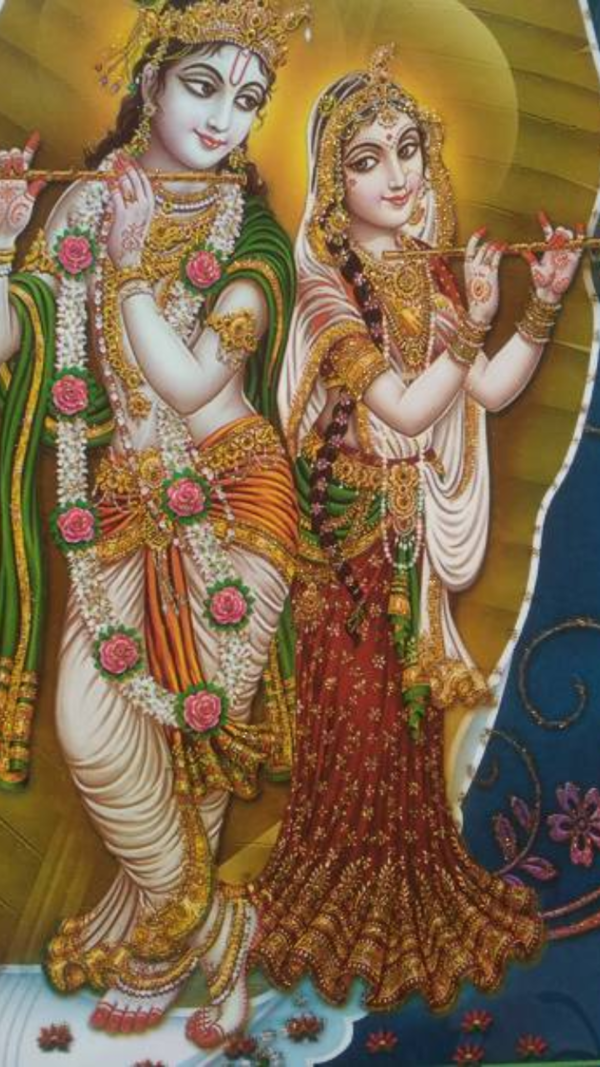Trending
Fantasmagorie: All about the world’s oldest cartoon
Experience the surreal journey of Fantasmagorie, a one-of-a-kind animated film where a puppet's life is restored by mysterious hands, encapsulating whimsical transformations and a stream of consciousness narrative.

A screenshot of the feature film Fantasmagorie by Emile Cohl.
With no narrative sequence and objects magically morphing to something completely different, Fantasmagorie was the first animated feature film of its kind. The title is a reference to ‘fantasmograph’, a 19th century ‘magic lantern’ that projected ghostly images onto walls. This silent film by Emile Cohl is an example of hand drawn animation.
It is believed to be a tribute to the brief but significant French Incoherent art movement.The Incoherents believed that art is subjective and hence it should never be restricted to the age-old traditions and norms, rather it should break those boundaries to accommodate newer kinds of media too. Art should not just be for the pleasure of a few chosen intellectuals, who decide what is supposed to be considered art.
The film appears to be created on a blackboard, but it actually was drawn on a paper. Cohl made a total of 700 drawings on a white paper, each almost similar to the last with just minor alterations. They were then shot on a negative film so as to give it an illusion that white lines were running on a black background. It was a hard task, to draw 700 different sequences and make them appear that they are actually moving. The animation is about a mysterious puppet, which is shown to be brought to life by someone hand drawing it in the first frame of the film.
The narrative follows a stream of consciousness style, where one event happens after the another, that has no relation whatsoever with the preceding event. For example, the stick figure is sitting in a theater when a woman with a huge feather headdress sits in front of him and he starts plucking feathers, the scene randomly turns to him being locked in a box. A plant turns into a poll. Elements in the movie go as fast as they come with no relation to each other. The only constant is the stick man who drives off from the scene on a horse, ending the film.
It is believed to be a tribute to the brief but significant French Incoherent art movement.The Incoherents believed that art is subjective and hence it should never be restricted to the age-old traditions and norms, rather it should break those boundaries to accommodate newer kinds of media too. Art should not just be for the pleasure of a few chosen intellectuals, who decide what is supposed to be considered art.
The film appears to be created on a blackboard, but it actually was drawn on a paper. Cohl made a total of 700 drawings on a white paper, each almost similar to the last with just minor alterations. They were then shot on a negative film so as to give it an illusion that white lines were running on a black background. It was a hard task, to draw 700 different sequences and make them appear that they are actually moving. The animation is about a mysterious puppet, which is shown to be brought to life by someone hand drawing it in the first frame of the film.
The narrative follows a stream of consciousness style, where one event happens after the another, that has no relation whatsoever with the preceding event. For example, the stick figure is sitting in a theater when a woman with a huge feather headdress sits in front of him and he starts plucking feathers, the scene randomly turns to him being locked in a box. A plant turns into a poll. Elements in the movie go as fast as they come with no relation to each other. The only constant is the stick man who drives off from the scene on a horse, ending the film.
Released in 1908, the stick puppet appears to be in an unique environment where a wine bottle turns into a flower that turns the trunk of an elephant and further into a prison. For the second and last time hands appear on the screen, this intervention brings back the viewers to reality from the fantastic world. This time too the hands are bringing the puppet to life by mending the head that broke away from the rest of the body after it had fallen off from a building. The one minute sixteen second film, projected 16 frames per second with Cohl photographing two images twice.
End of Article
FOLLOW US ON SOCIAL MEDIA










